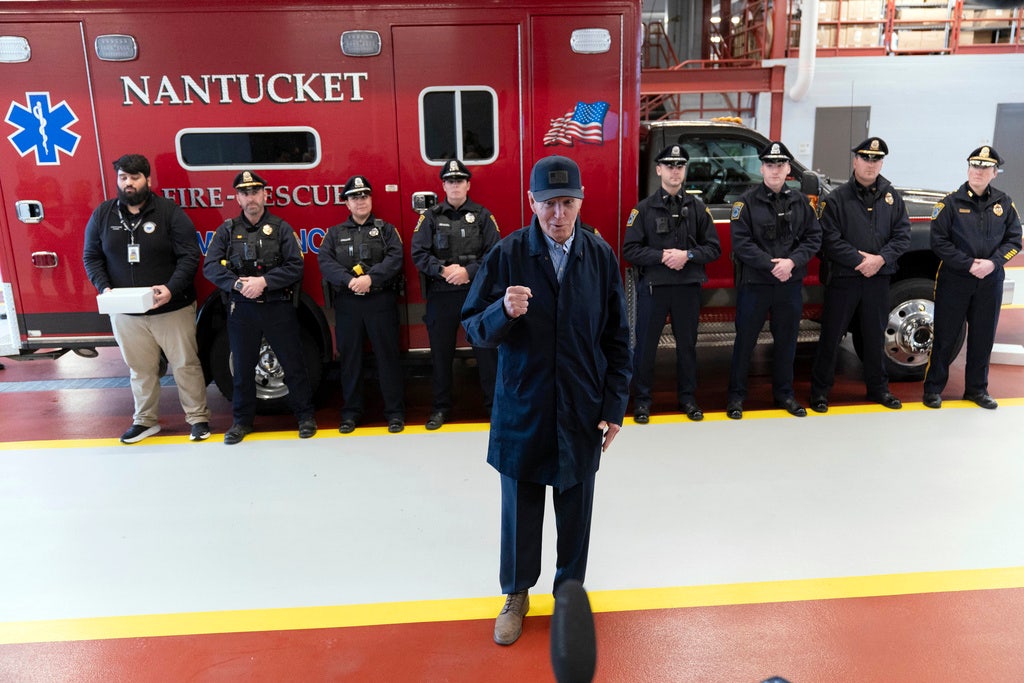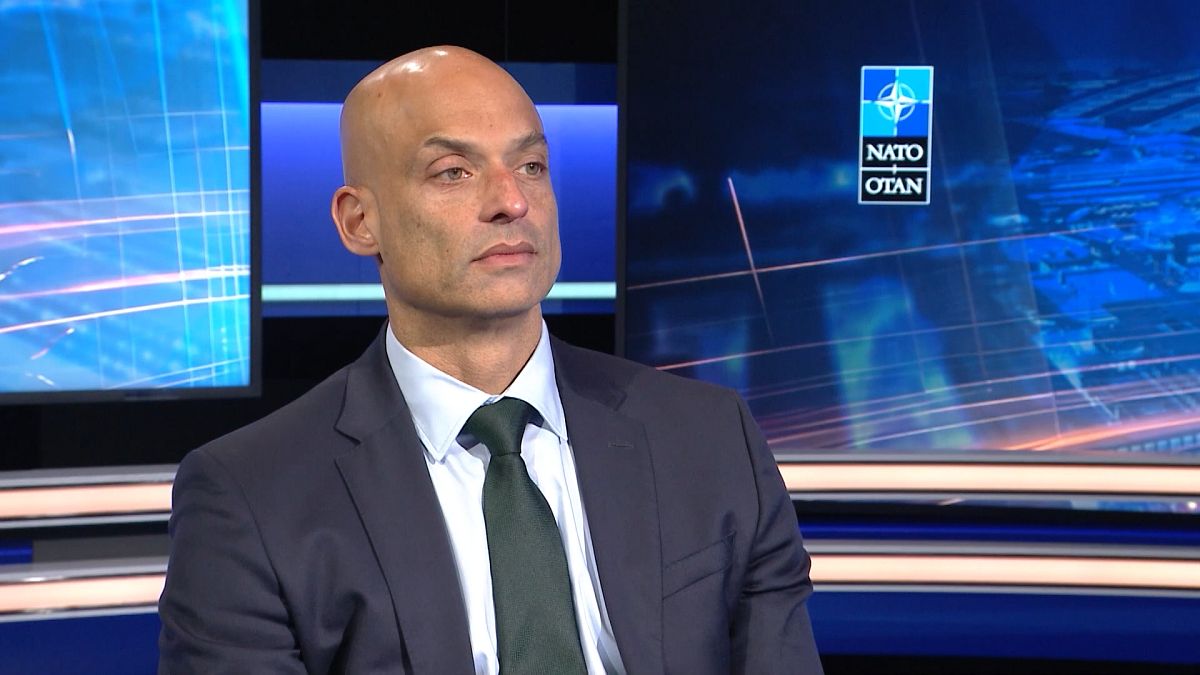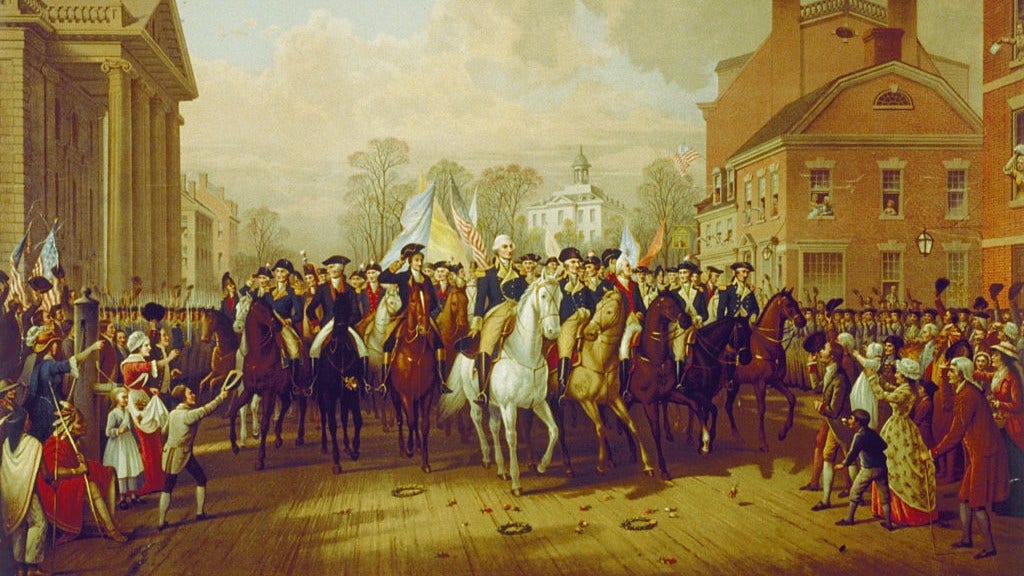Lifestyle
Kim Kardashian Posts Photo with Taylor Swift's Frenemy Karlie Kloss
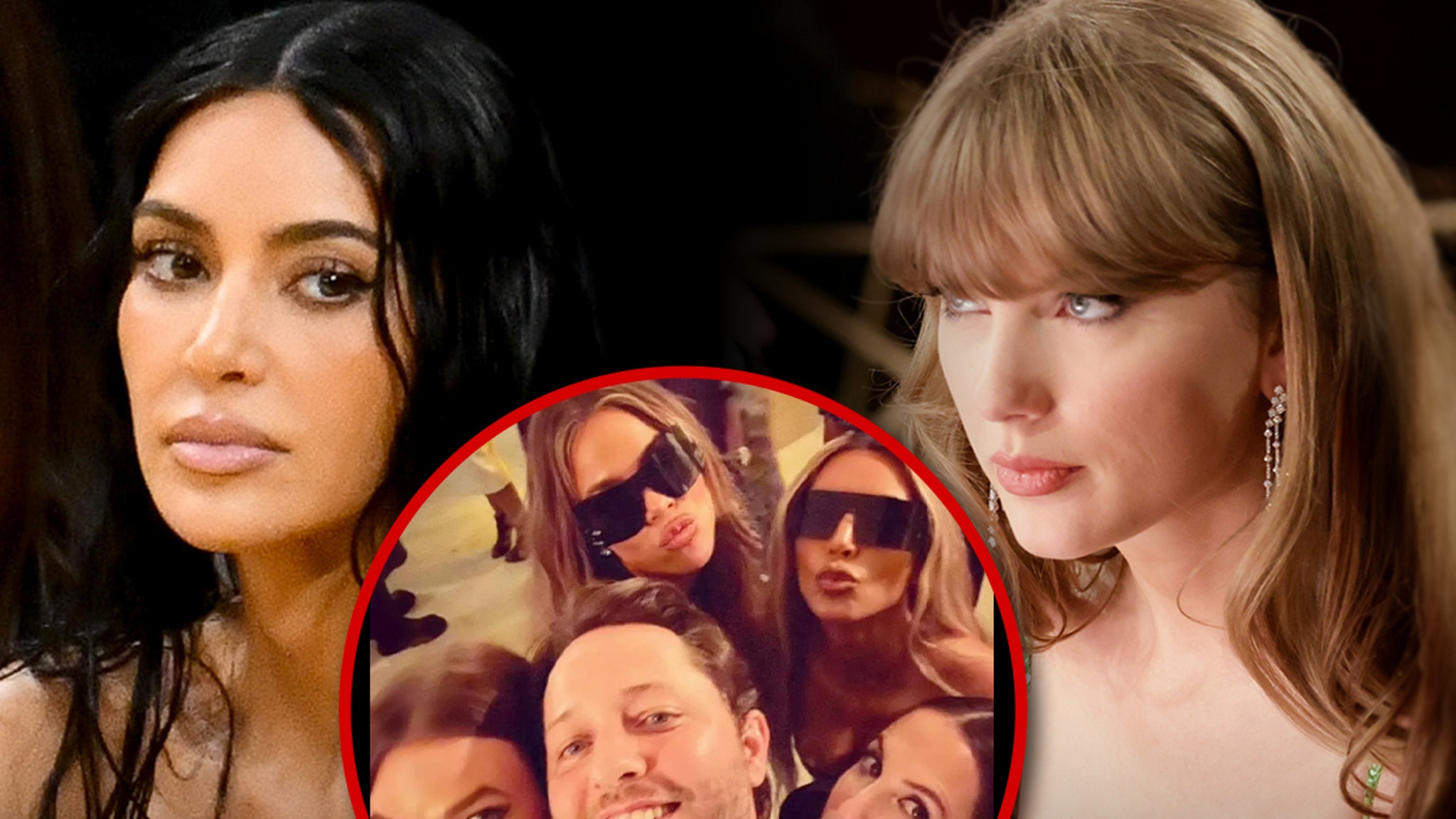
Kim Kardashian posted a photo with one of Taylor Swift‘s famous frenemies — none other than Karlie Kloss, who stopped being good pals with the Swiftster years ago … interesting.
The reality star posted a selfie that featured herself, Karlie, Khloe and W Magazine’s Sara Moonves … who were all cozied up around this dude named Derek Blasberg … just another socialite. It was his birthday and the girls here came together to help him ring it in.

It might seem like NBD on its face, but considering the history here between Kim, Karlie and Taylor — who recently took a fresh shot at Kim K — ya gotta read between the lines.
Fact is … Karlie and Kim are known to not be on great terms with Tay Tay these days — Kim’s a no-brainer, obviously … but Karlie actually used to be real close buds with T-Swift once upon a time … that is, until they weren’t.
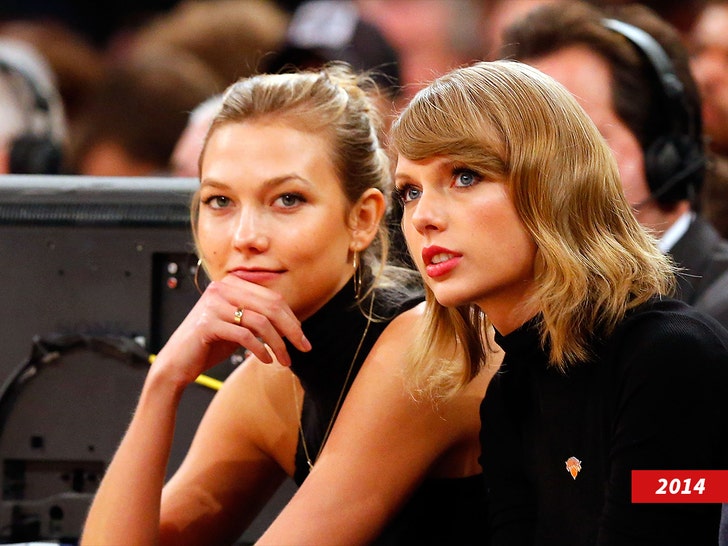
This all dates back to about 2018 or so when they had some kind of falling out — which seemed to be related to Karlie hanging out with one-time Taylor foe Katy Perry … this after being super tight with Taylor in the mid-2010s, when she used to run in her squad regularly.
Of course, since then … Katy’s become cool with Taylor anew — and we even saw Karlie hit up one of Taylor’s concerts last year … so it’s hard to say if their relationship is still icy or not at this point.
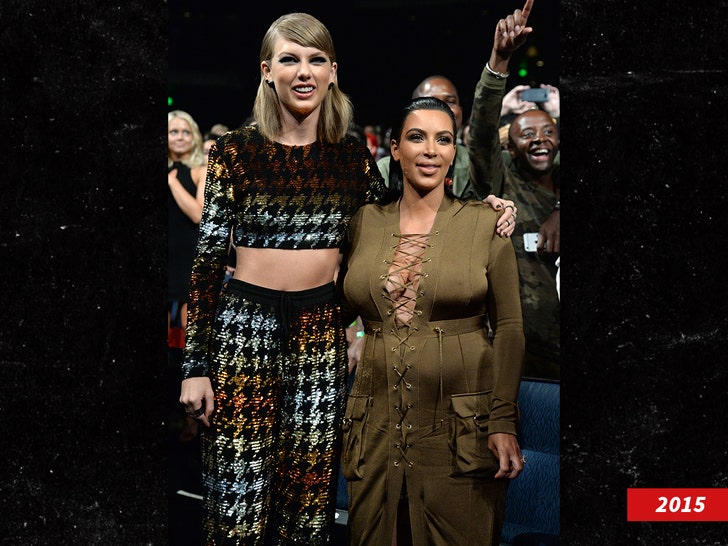
Still, the fact that Kim is definitely not cool with Taylor and went out of her way to throw this photo up in the midst of her renewed feud with T-Swift certainly raises some eyebrows.
As you know … Taylor breathed new life into her years-long beef with Kim, subliminally labeling her a bully in one of her new tracks — dating back to the whole “Famous” saga.
Kim hasn’t said anything about it explicitly since Taylor’s new album dropped last week — but this could be interpreted as a subtle jab at arch nemesis … with the message possibly being, I’m with your old BFF, Taylor. Take that!
Read into the tea leaves if you must … lord knows a helluva lot people already are.

Lifestyle
My heart broke when we closed our shop in L.A. I’m beginning to see out the other end

On Saturday, Image co-hosted a party in memory of Género Neutral, the beloved retail shop in Echo Park that closed earlier this year. To mark the end of an era, Ashley SP, one of the co-owners of the shop, wrote the below piece, which is also a celebration of what’s to come. Interspersed throughout are photos from the party of all the friends and family who pulled up, as captured by none other than Glenjamn.
Piecing together the last 11 months felt like trying to laugh at a joke I didn’t quite understand — painful, cringe, and less and less funny every time I tried to explain it. The “so, how are you?” questions were earnestly plastered on the faces of everyone I’d been avoiding since April, when we closed our shop in Echo Park, Género Neutral, after three years. The questions got louder and louder and my voice, faint. I preferred being the young(ish) woman who did “cool” things, who was fun and held it together enough to turn chaos into chaotic good. I preferred being “that girl who owns that shop” instead of “that girl whose shop ended up closing,” and who felt like a failing live wire because of it. “I have no idea how I’m doing” became my typical — and honest — sad girl response to those daunting questions for all of spring and summer, until it became too much to let die another day, and I needed to figure out how to rebirth my business.


Emily and Bella De La Torre

Firmé Atelier’s Jonathan Lee looking into Estevan Oriol’s car.

Artist rafa esparza, left, and Bryan Escareño
My business partner, Jenni Zapata, and I were of course not alone in this experience of closing our doors suddenly and seemingly prematurely, as we watched so many fellow small businesses succumb to the quicksand of L.A. brick-and-mortar retail in 2024. We approached this past January with fresh energy as best we could, existing in survival mode most days and fairly detached from the social spaces we used to frequent. We weren’t ready to be vulnerable with others about the predicament we found ourselves in. I can’t fake any funk (and choose not to), so I started to slip away.
Our spirits were weary from a tough holiday season, from watching a few “bad” days turn into weeks, and then months. But we were determined to reignite the Género magic that helped us turn nothing into something during the pandemic, drunk on delusion and wine, replacing the seltzers of our days gone by. The truth is, whatever we did in the shop wasn’t going to be enough to sustain a new future, as too much became out of our control. We couldn’t throw the financial dice another month, let alone the rest of our lease term, or find the last loophole in an economy that isn’t built for independent small-business owners. My bank account knew this, my body knew this, but my heart was breaking. I met people I never wanted to live without in that shop; I met a version of myself I never imagined I could be when we opened our doors, and I wasn’t ready to say goodbye to her.

Jordan Johnson and Bobby Cabbagestalk




Lupe Rosales and Ashley Alcantar
We were the exception to the retail rule for the bulk of our business, but for reasons that make sense only in hindsight. By the end of 2023, we’d sit on our conversation pit-style couch at GN in amazement at how many people would come to hang out and talk with us in a week, but who wouldn’t buy anything, or even try to pretend that’s what they came to do. What we sold on our racks mattered less and less to the bulk of guests that came through — it was the metaphorical space we created for people that kept them coming back. We witnessed a community form organically in our doorway, on our couch, on our bench outside, and on Sunset Boulevard, “[singing in non-English]” and dancing to some of the best DJs on the east side.






How do you put a price on that, let alone pay rent and next season’s invoices from it? You can’t, we couldn’t — so we stopped, albeit to the shock of a lot of our friends and peers who didn’t have to keep track of what success looked like the way we did.
Maurice Harris, the artist and floral visionary behind Bloom & Plume and the coffee shop of the same name, got it. In August, he closed his coffee shop nearby, on Temple Street, after five years. “I stayed in my own way for a very long time, and that’s been a hard pill to swallow,” he told me. “We all struggle with being in the hot seat and realizing, ‘Oh, I could be the problem here,’ and that you’re probably going to create that problem a few more times before you learn the lesson. My therapist and I talk about how you don’t change until it’s painful enough.”


Free Oribhabor, Bobby Cabbagestalk and friend
After closing his coffee shop and while exploring his cult-followed “Capitalism Doesn’t Care About Your Curiosity” series he self-produces on Instagram, Harris’s approach is changing, while rooted in authenticity. He’s journeyed his love of flowers into scent exploration, developing candles and fragrances. “I’m giving myself room to be more flexible in the world of doing this differently,” he generously shared. He’s focusing on the things that he’s discovered can be next, and new.
As small-business owners, we’ve all taken turns looking up to each other in the fight to be authentic, to reinvent, or to legitimize the risks we’ve taken. None of us really knows what we’re doing, which makes it that much more magical when something “works” — and relatable when it doesn’t. From a boutique perspective, the kisses of death looked like the ubiquity of fast-fashion culture and the now-eternal sale season, unreliable consumer attention spans, and the fact that people aren’t spending money like they did, as personal spending power tanked for so many post-pandemic. Factoring in the cost of living and operating in L.A., small retailers are becoming akin to islands in a sea of rents that only bigger chains can afford, which leaves us all a bit cynical and bored, as the “cool” factor is challenged in more and more neighborhoods. If these conversations-turned-therapy sessions with our peers told me anything, though, it’s that death and rebirth can coexist, regardless of how quickly we accept that transformation when confronted with it.

Eve Mauro and Estevan Oriol

For me, “changing” has sometimes looked like going on Do Not Disturb on my phone for the last 11 months. Other times, it’s been choosing to meet with our newest business partner — one of my best friends, Danny Jestakom — to talk about the ideas we’ve been poring over in remixing, recalibrating and growing GN into a certain afterlife, one with less constraints, or certain freedoms. Shedding the imposter syndrome in pivoting the business is something I’m still working on, as I tell myself I do this now instead of that, and I’m a better person for it. Sincerely, I still sometimes struggle to lean into how life is completely different now, until I wake up from my fever dream and remind myself none of this really matters anyway (Aquarius moon here, y’all).

Jaime Rosas and Anahi Pozos



Last Saturday, we threw our first event, a party in partnership with chef Enrique Olvera’s Ditroit Taqueria in the Arts District. It was our celebration in loving memory of the Género Neutral shop, and an honoring of what’s to come with GNLA, the older sibling of Género, which will still be about collaborating with our favorite brands, people and spots around Los Angeles. We came up with the name for the party, Siempre Juntos, or “Together Forever,” at the tail end of summer, long before ballots were cast, before our collective hearts experienced another guaranteed heartbreak. Yearning for the infinity of connection and for the opportunity to reunite, we wanted nothing more than to create a moment where we all could get together again, like no time had passed, like the good ‘ol days, like nothing had changed even if everything had.


Models April Kosky, left, and Sky Michelle

Carolina Isabel Salazar and Pablo Simental

Jonathan Lee and Eric Kim of Firmé Atelier


Image’s fashion director at large, Keyla Marquez, editorial director Elisa Wouk Almino, and staff writer Julissa James
I’m completely certain of what’s next — things being hard, growth being nonlinear, not knowing what I’m doing and doing it anyway, much like the approach we had when crafting Género Neutral from scratch. I smile again because of it, and because we have thousands of new friends now to see us through. If GNLA is the other side, then I hope to see you there.



Ashley S.P. is a writer and the co-founder of GNLA, a new multicultural agency rooted in the joyous and inclusive spirit of the Género Neutral shop in Echo Park.
Lifestyle
Come for the roller coaster, stay for the shops: Can malls be fun again?

Mall of America’s amusement park is one of the ways the shopping center lures tourists and locals to make a day of their visit.
Jenn Ackerman for NPR
hide caption
toggle caption
Jenn Ackerman for NPR
In the bleary predawn hours, it’s hard to tell Mall of America from any other high-end shopping center. Workers wield mops, hammers and forklifts. Under dim lights, Cinnabon bakers stretch and roll buttery dough. Around 7 o’clock, mall walkers silently swarm the building, meticulously tracing every nook of the perimeter.
But then, you grasp the scale.
Mall walkers count in the dozens, speed-stepping past towering unlit Christmas trees and 11-foot nutcracker statues. One lap around the mall is just over a mile. Local shopping malls vary in size, of course, but Mall of America is at least three of them stuck together. Maybe seven. Arriving in Minneapolis by plane, you first see it from the sky.
At 10 a.m. — opening time — a caravan of yellow buses releases a horde of middle-schoolers on a field trip. Like a shock wave, they push to the center of Mall of America, where roller coasters loop around a carousel, a zip line, a SpongeBob-themed jumping gym. The amusement park, Nickelodeon Universe, is a top reason locals visit.
“I feel like most of the time, we just go on rides,” says Sarah Matteen, whose 6-year-old daughter, Maeve, just went on her first big-kid ride: the soar-then-plunge Splat-O-Sphere. Now, Maeve is clinging behind her mom’s leg. “She said she had lots of butterflies.”
And now that’s over, what will they do?

The exterior of Mall of America in the Minneapolis suburb of Bloomington, Minnesota.
Jenn Ackerman for NPR
hide caption
toggle caption
Jenn Ackerman for NPR

Shoppers stroll inside Mall of America on a catwalk-like bridge connecting stores, food spots and the amusement park.
Jenn Ackerman for NPR
hide caption
toggle caption
Jenn Ackerman for NPR
“Probably go to a couple of different stores,” Matteen says. Will she buy something? “Probably.”
This was exactly the goal when Mall of America developers, back in 1989, decided to stick five football fields’ worth of roller coasters and playgrounds in the middle — with stores encircling them.
It was rare then; it’s still rare now. But the idea behind it — dubbed “retailtainment” — is a strategy many believe could save the American mall.
After a tipping point, malls try to be destinations
People don’t visit malls like they used to. For two decades, shopping centers have lost sales to the Internet. Foot traffic at indoor malls is 5% below what it was before the COVID-19 pandemic, according to tracking firm Placer.ai.
At the same time, malls have sprawled so much that per capita, Americans still have four times more retail real estate than Europeans, says retail expert Mohit Mohal.
“At some point of time, you know, you reach a tipping point,” says Mohal, who advises malls and retailers at the consulting firm Alvarez & Marsal. Growing by adding locations no longer works, he says, so: “Malls have now been asking, how do I create a compelling value proposition?”
That’s how the mall becomes home to gyms and salons, golf simulators and pickleball courts — not just shops but stuff to do, reasons for people to return. There are even hotels, offices and apartment complexes so a shopper may never have to leave the vicinity.

Passengers soar and whirl on a ride named after the Teenage Mutant Ninja Turtles at Nickelodeon Universe, the amusement park inside Mall of America.
Jenn Ackerman for NPR
hide caption
toggle caption
Jenn Ackerman for NPR

Plenty of malls cannot afford this change. Some are too far gone to try. Some grapple with theft or other crime, deciding to resort to limits like curfews.
But of those with a chance to make it for the long haul, many are trying to turn back time — to when a mall was more than just a place to return an online order, but a destination for the day.
They’re adding activities that “traditionally — 20 years back — people would have not gone to a mall for,” Mohal says. “And that is helping revive the traffic in the mall.
“I don’t think it’s the silver bullet, nor would I say that malls are dying, but I would say malls are evolving,” he adds.
If you build it, they will come — and shop
By lunchtime, Mall of America is teeming with toddlers toting Build-A-Bears, babies bouncing in strollers, adults studying store maps. A girl, around 10 years old, dangles from the top of a human claw machine.
The mall started out 80% retail and 20% entertainment, but now the split is closer to 60% and 40%, says Jill Renslow, one of the executives running this place. There’s a Sea Life aquarium, mini golf, arcades, escape rooms and a psychedelic fun house called Wink World. Gleaning from sister malls — New Jersey’s American Dream and Canada’s West Edmonton Mall — Mall of America is now building a water park.

Something stands out, however, talking to mall visitors around these spots: Many say the only things they bought or would buy that day, besides tickets, are snacks at the food court. How does that make sense for the rest of the mall, for the stores?

Some 32 million people visit Mall of America each year. “We’re 70 and sunny every day,” jokes Jill Renslow, one of the executives running the mall.
Jenn Ackerman for NPR
hide caption
toggle caption
Jenn Ackerman for NPR
“The longer time that [people] spend in a space, typically they’re going to spend more money,” replies Renslow, chief business development and marketing officer. “But even if they don’t on that first visit, they’re going to come back because they had a great experience. … We’re along for the ride for the long haul.”
Mall of America doesn’t disclose financials as a privately held company, but Renslow says retail sales are up 5% so far this year. Visits are up 4%, she says. That’s nearly the reverse of the drop in foot traffic at malls nationwide.
Grabbing a bite turns into a ride — or two
Being a tourist destination certainly helps. Some 32 million people come every year. In a Minnesota winter, “we’re 70 and sunny every day,” Renslow jokes.
Almost on cue, a couple rolls full-size suitcases at the edge of Nickelodeon Universe: Janelle Mayfield and Evan McManus of Louisville, Kentucky.
“We literally just landed,” Mayfield says.

They jumped on the light rail at the airport and discovered it drops them directly at the mall. With a few hours to kill before Airbnb check-in, they thought they’d grab a bite — but found themselves between a log chute and a climbing wall. A roller coaster thunders overhead, heading for a loop.
“I’m wanting to, as soon as the Airbnb opens up, drop off our luggage and then come back,” Mayfield says, laughing.
The mall’s gravitational pull has worked once again.
Dreaming up reasons for people to visit
The strategy, it seems, hinges on a simple premise: Just get people in the door.
Mall of America throws 300-some events a year: the largest gathering of people dressed as Teenage Mutant Ninja Turtles, a 67-foot-tall real gingerbread house, hair-bedazzling before Taylor Swift’s concert, wrestling matches, even a rave.

Dan Jasper, who’s in charge of leading visitors on tours of the mall, steps out from behind the scenes of Nickelodeon Universe.
Jenn Ackerman for NPR
hide caption
toggle caption
Jenn Ackerman for NPR

Dan Jasper says he first visited Mall of America the week it opened in 1992. He’s now a senior vice president who has been with the company for over 19 years.
Jenn Ackerman for NPR
hide caption
toggle caption
Jenn Ackerman for NPR
“We brainstorm. We go, ‘What can we do? What would be fun? What would grab the attention?’” says Dan Jasper, a senior vice president. “We had a bride and groom get married in Sea Life, in the shark tank, in scuba gear. … Shark knocked her veil off, live on national TV.”
One time, they got singer Ed Sheeran staffing the Lego store. Renslow says the staff constantly tracks upcoming concerts, music and movie releases.
This also means a never-ending hunt for uncommon stores and pop-ups: a spa for children, a shop of Japanese snacks and toys, a physical space for a TikTok brand.
“There’s always been construction here for the whole 16 years I’ve been here,” says Andrew Stokke, a housekeeper, leaning on his cleaning cart at the foot of a roller coaster tower. He points in every direction: “This is brand-new. That’s brand-new. It’s constant.”

Shoppers walk through Mall of America, the largest shopping mall in the United States.
Jenn Ackerman for NPR
hide caption
toggle caption
Jenn Ackerman for NPR
This, of course, takes a lot of money and staff. Renslow acknowledges this and the fact that Mall of America’s size, history, reputation and private ownership give it power that few other malls enjoy. She also calls change the key ingredient and staleness the enemy of survival.
“You can’t fall by the wayside of just doing what you’ve always done,” Renslow says.
It’s the mall’s job to reinvent itself to draw people in — then it’s up to the stores to turn those visitors into shoppers.
Lifestyle
Celebrity Inmates' 2024 Thanksgiving Prison Meals Revealed

Some of Hollywood’s fallen stars won’t be chowing down on lavish meals tomorrow … ’cause even though they’re getting turkey and other Thanksgiving staples behind bars, it ain’t gonna be what they’re used to.
TMZ’s done our yearly check … and, we know the Thanksgiving menus in prison for inmates like Tekashi 6ix9ine, Suge Knight, Danny Masterson and Tory Lanez, among others.

Here’s what everyone’s gobblin’ down:
Tekashi at MDC Brooklyn:
Tekashi 69 is locked up in the same prison as Diddy, so the two are having the same meal … turkey roast, hot & sour tofu, mashed potatoes, mixed vegetables cranberry sauce, turkey gravy dinner rolls and holiday pies.
Suge at Richard J. Donovan Correctional:
Suge Knight’s chowing down on the same food as The Menendez Bros and notable assassin Sirhan Sirhan … green salad with dressing, mashed potatoes, sliced turkey ham, brown gravy, sweet corn, cranberry sauce, dinner rolls, assorted pies, chocolate milk and chicken patty.
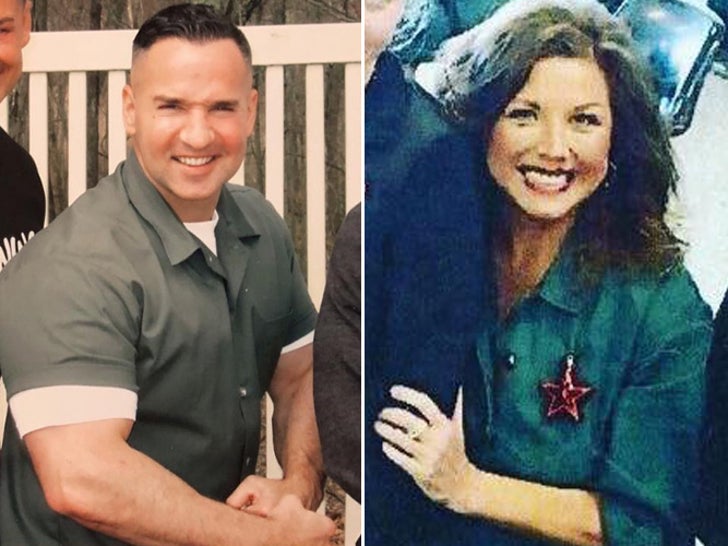
Danny at California Men’s Colony:
Masterson, spending his first Thanksgiving at CMC, is having baked turkey, whipped potato, candied yams, peas and carrots, salad mix with dressing, a dinner roll, pumpkin pie and chicken patty.
Tory at California Correctional Institute:
Lanez will have roasted turkey, mashed potatoes with gravy, carrots, cranberry sauce, a dinner roll, pumpkin spice cake and red beans
Lots of people jog the Turkey Trot — moving their feet before they eat. Hopefully, these inmates get some time in the yard before these meals!
-

 Science1 week ago
Science1 week agoTrump nominates Dr. Oz to head Medicare and Medicaid and help take on 'illness industrial complex'
-

 Health5 days ago
Health5 days agoHoliday gatherings can lead to stress eating: Try these 5 tips to control it
-

 Health3 days ago
Health3 days agoCheekyMD Offers Needle-Free GLP-1s | Woman's World
-

 Science2 days ago
Science2 days agoDespite warnings from bird flu experts, it's business as usual in California dairy country
-

 Technology2 days ago
Technology2 days agoLost access? Here’s how to reclaim your Facebook account
-

 Science1 week ago
Science1 week agoAlameda County child believed to be latest case of bird flu; source unknown
-

 Sports1 week ago
Sports1 week agoBehind Comcast's big TV deal: a bleak picture for once mighty cable industry
-

 Entertainment16 hours ago
Entertainment16 hours agoReview: A tense household becomes a metaphor for Iran's divisions in 'The Seed of the Sacred Fig'



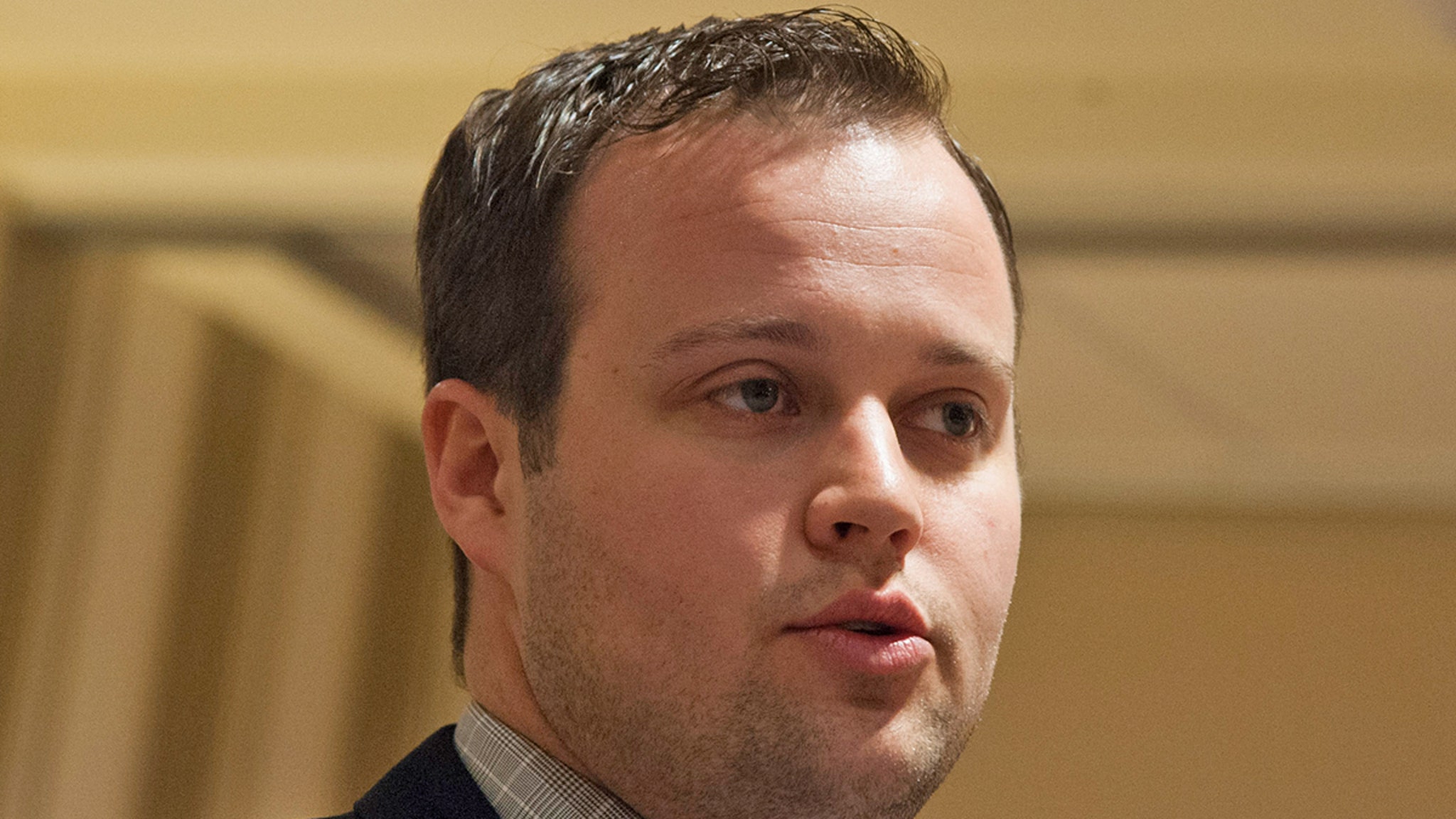

/cdn.vox-cdn.com/uploads/chorus_asset/file/25762251/a95l_qd_oled.jpg)

